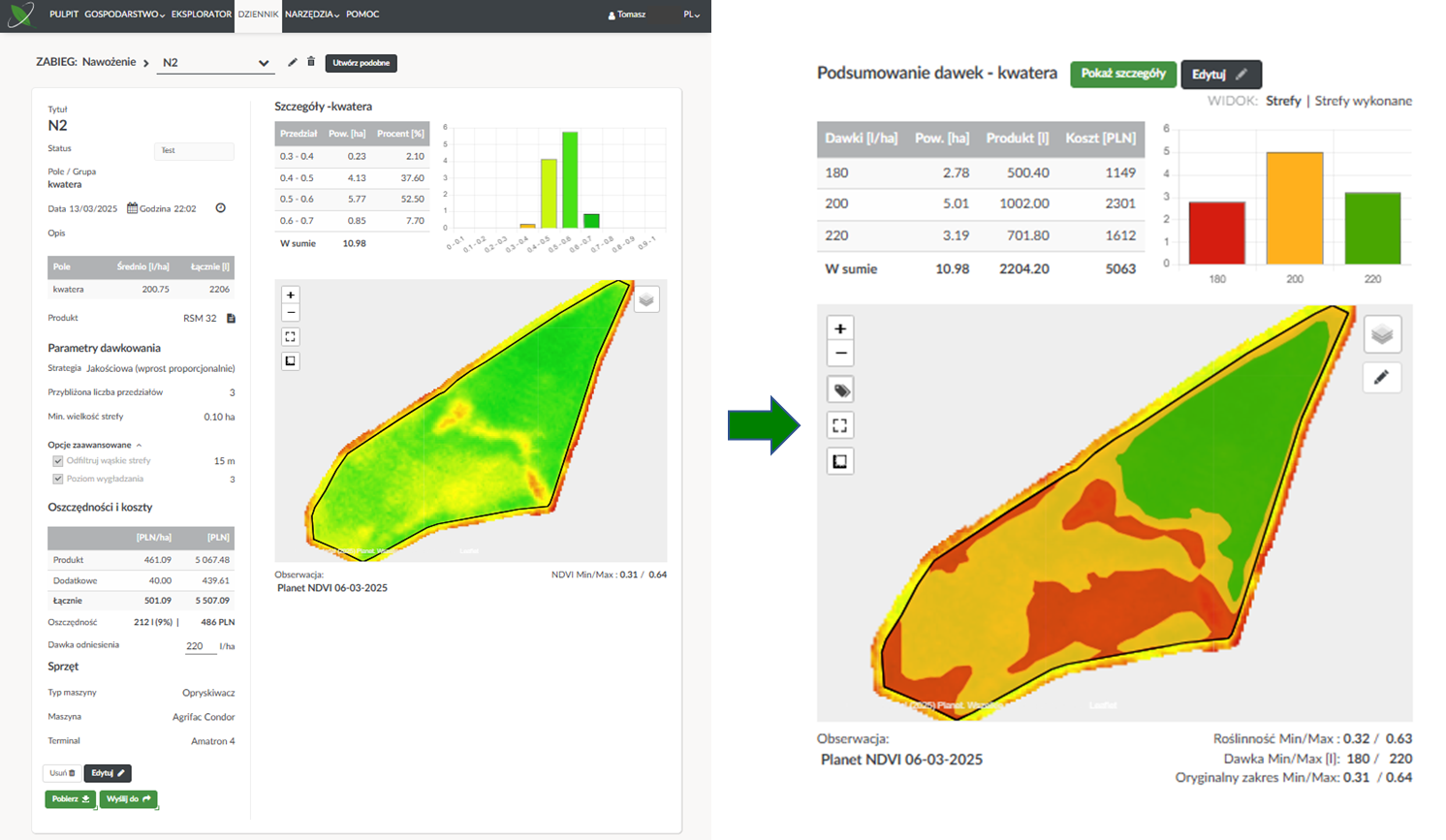07/19/2025
The year 2024 was the warmest on record (measurements started around the mid-19th century). The trend of increasing temperatures, decreasing snow cover, and accelerated evapotranspiration was further compounded by the El Niño climate-ocean anomaly, which resulted in extreme events in many parts of the world – from drought and fires in the Amazon to catastrophic rainfall in Spain and our country.
By default, any soil water deficits which has formed during the summer droughts, by spring will reset themselves due to autumn and winter rainfall and snowfall, and decreased evaporation and water consumption by the diminished living plant biomass. This is shown in the illustration below: in the last twelve years, eight times the water deficit has practically reset itself. In contrast, after the droughts in 2015, 2018 and 2022, its values remained significantly negative in spring. Unfortunately, this reset did not take place in a large area of the country this year either, and we enter the 2025 season with record deficit values.

Unless the situation changes quickly, the observed dryness of the soils will translate into a reduction in yields. This is particularly true for the already water-stressed winter crops. In large areas of the country, their potential may already be impossible to realise
How can we help in this situation? Firstly, we recommend paying special attention to our precision fertilisation plans. When drawing them up this year, it is crucial to realistically assess yield reductions, especially in parts of fields with lower potential. Reducing the expected average yield and taking yield zones into account will allow fertilisation to be adapted to the local soil water capacity.
Secondly, this year in particular, it is advisable to observe crops by satellites in order to adjust the doses to their local condition, especially in the case of nitrogen fertilisation. As the example below illustrates, even a single treatment with rates reduced locally by 10-20% (20-40 l of liquid 32% nitrogen fertiliser) results in savings exceeding the cost of the SatAgro Premium subscription (in this case equivalent to 13 l of fertiliser).

The rainfall occurring in recent days offers hope for a change in the situation. Perhaps the next sowing, which is fast approaching, will be less affected by the drought. We will monitor the situation and keep you informed.
 Platform
Platform